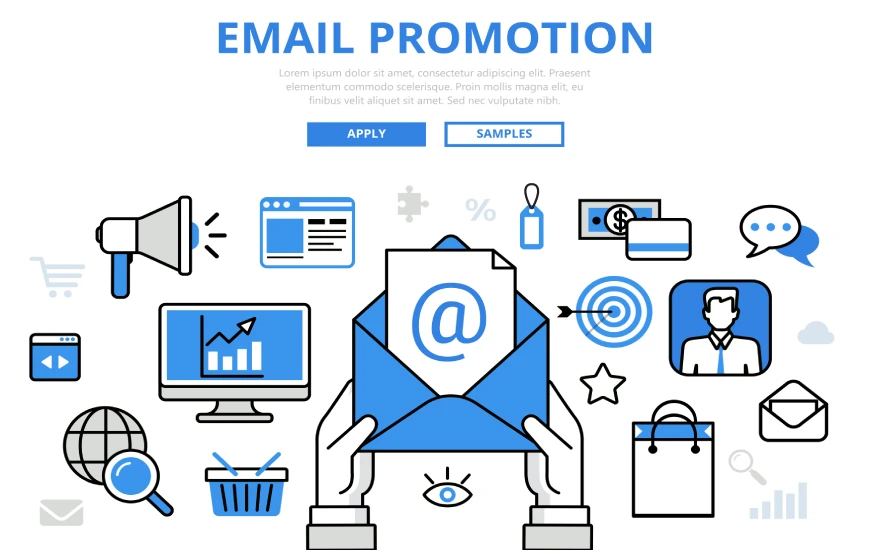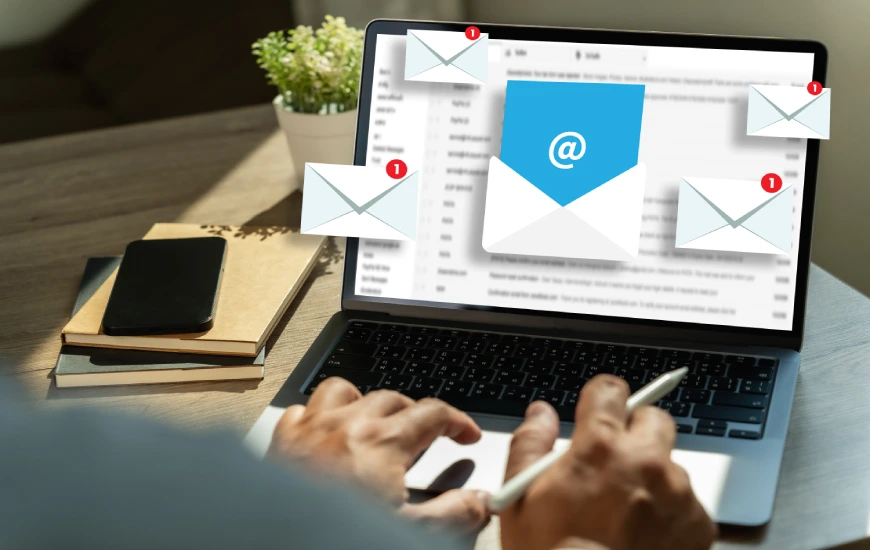Email marketing is one of the most powerful tools for eCommerce businesses. Unlike social media, email lets you connect directly with your customers. You can build relationships, drive sales, and keep your audience engaged. In this article, I’ll share practical email marketing strategies that have worked for eCommerce businesses like yours.
Understanding Your Audience
The first step in any successful email campaign is knowing your audience. Not all customers are the same. Some buy often, while others visit your store only occasionally. Segmenting your email list is key. You can group subscribers by purchase history, location, or engagement.
Personalization matters. I’ve seen campaigns with simple personalization, like using the customer’s name, perform better. Even better is recommending products based on their past purchases. When customers feel like the emails are made for them, they are more likely to open and act.
Building an Effective Email List

Your email list is the foundation of your campaigns. You need subscribers who are genuinely interested in your brand. Start by offering incentives for sign-ups. Discounts, free shipping, or exclusive content work well.
Pop-ups on your website can be effective if done tastefully. For example, a pop-up offering 10% off on the first purchase often converts well. You can also add opt-ins during checkout or on your blog.
Remember to keep your list clean. Remove inactive subscribers every few months. A smaller, engaged list is better than a large, ignored one.
Crafting Engaging Email Content
Your emails should provide value and encourage action. There are several types of emails that work well for eCommerce:
- Promotional emails – Highlight sales, discounts, and special offers.
- Abandoned cart emails – Remind customers of items they left in their cart.
- Welcome series – Introduce new subscribers to your brand.
- Product recommendations – Suggest items based on previous purchases or browsing.
Subject lines are crucial. A great subject line can make or break your email. Keep it short, clear, and engaging. The email content should be visually appealing and easy to read. Always include a strong call-to-action (CTA). Tell your readers exactly what to do, whether it’s “Shop Now” or “Claim Your Discount.”
Automation and Personalization
Automation is a game-changer in eCommerce email marketing. Automated sequences save time and ensure consistent communication. I’ve implemented welcome series, post-purchase follow-ups, and re-engagement emails with great results.
Trigger-based emails work well. For example, if a customer abandons a cart, an automatic reminder email can recover lost sales. Personalizing emails with product recommendations, discount offers, or birthday greetings increases engagement. The more relevant your emails, the better the results.
Optimizing for Mobile and Deliverability
Most people check emails on their phones, so mobile-friendly design is essential. I always test emails on multiple devices to make sure they look good and load fast.
Deliverability is another critical factor. Avoid spammy words and ensure your emails reach the inbox. A good reputation with email providers helps. Using a verified sending domain and consistent sending patterns improves deliverability.
Analyzing and Improving Campaign Performance

Tracking performance is the only way to improve. Key metrics include open rates, click-through rates (CTR), conversions, and ROI. I always recommend A/B testing subject lines, content, and send times.
Even small changes can make a big difference. For example, changing the CTA button color or wording can increase clicks. Use the insights from past campaigns to refine your strategy continuously.
Advanced Strategies for Growth
Once the basics are working, you can explore advanced strategies. Loyalty programs and VIP customer campaigns encourage repeat purchases. Integrating email with other channels, like social media or SMS, strengthens your marketing efforts.
Seasonal promotions and limited-time offers create urgency. I’ve seen holiday campaigns and special event emails drive significant spikes in sales. The key is to plan ahead and align your campaigns with your audience’s needs.
Conclusion
Email marketing is a powerful tool for eCommerce. The right strategies can increase engagement, boost sales, and build lasting customer relationships. Focus on understanding your audience, delivering valuable content, and using automation smartly. Track performance, test frequently, and optimize for better results.
Remember, it’s not just about promotions. Providing value and personalized experiences is what keeps customers coming back. With consistent effort and smart strategies, your email marketing can become one of your strongest sales channels.